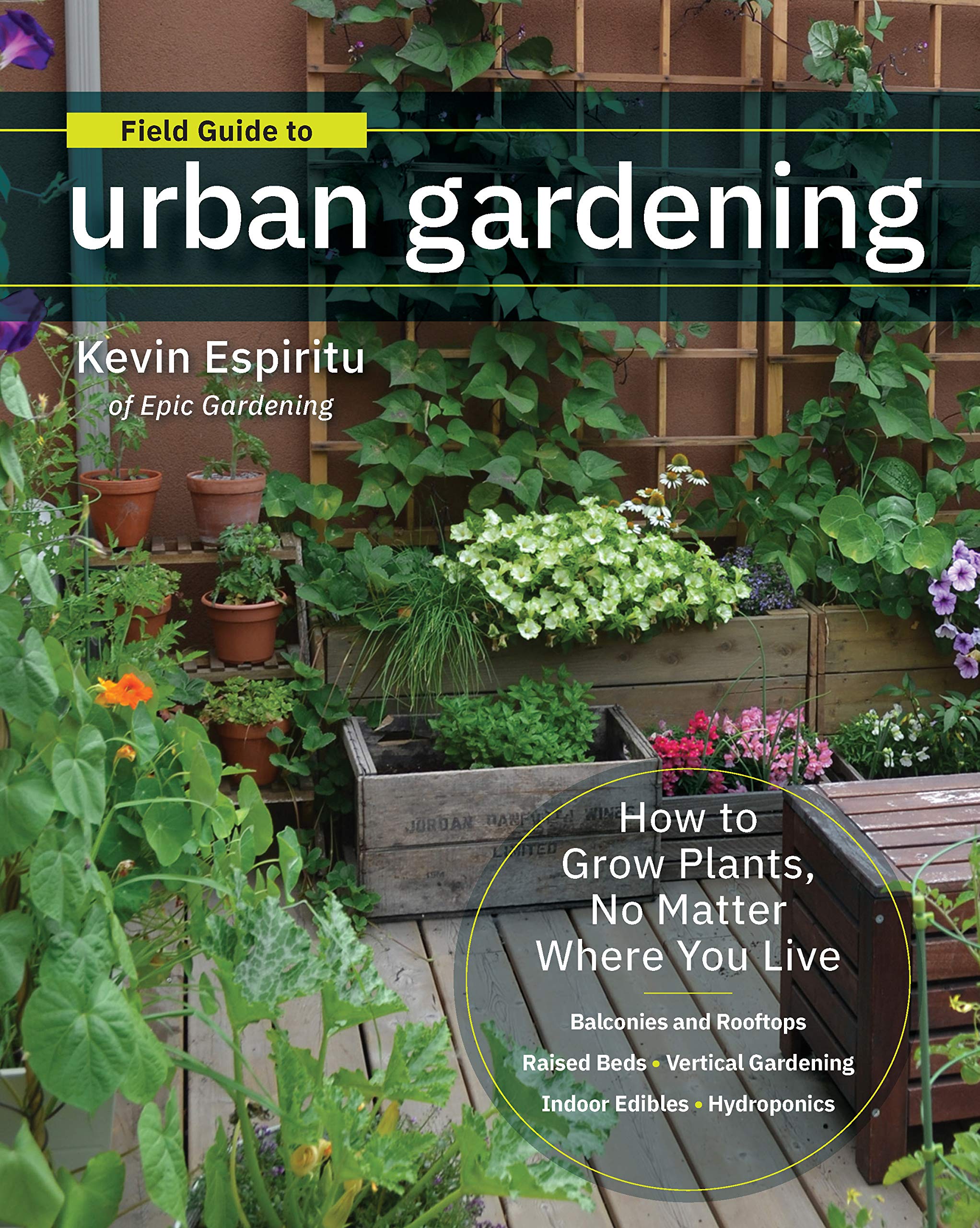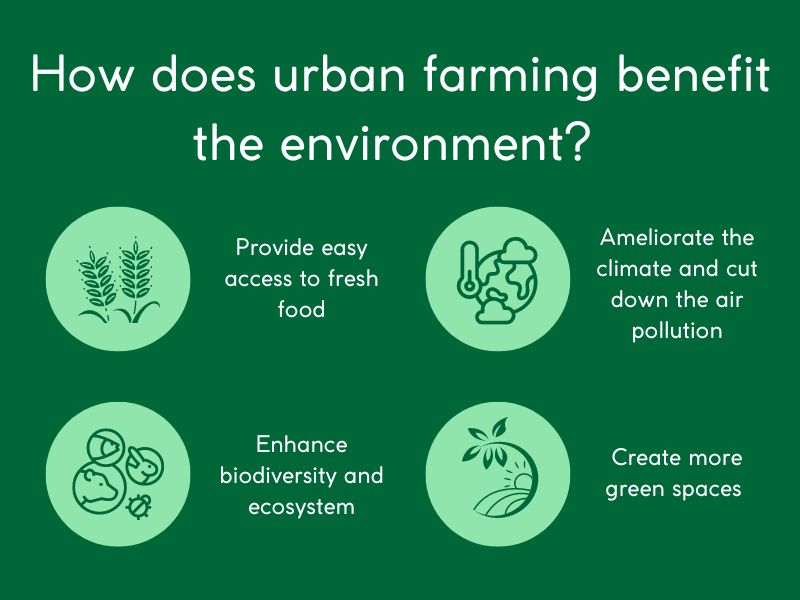City Blooming Fundamentals Explained
City Blooming Fundamentals Explained
Blog Article
City Blooming Can Be Fun For Everyone
Table of ContentsThe Main Principles Of City Blooming The Best Guide To City BloomingThe Ultimate Guide To City BloomingIndicators on City Blooming You Should KnowThe Basic Principles Of City Blooming
Urban gardens usually take advantage of warmer microclimates, permitting the growing of much less hardy plants such as palms and bamboo. https://www.nulled.to/user/6237247-cityblooming typically discovered in warmer areas. And as we've claimed, don't simply choose little plants; little metropolitan yards can take care of large plants and trees and selecting these over tiny picky shrubs will make the area really feel bigger and more excitingUse huge containers they don't dry as promptly as smaller pots, so they are much less work to keep water. Pick hardscaping aspects for a metropolitan garden The organized lines, asymmetrical setup, and usage of contrasting materials in this London-based Victorian balcony's garden layout produce a smooth connection with the style, making it look like a natural expansion of the total aesthetic.
Plant vertically Cover the walls in plant, whether that be lovely mountain climbers that ripple messily over your fence or something much more consisted of and contemporary like a living wall surface. Make the most of a light well garden Whitewashed wall surfaces and pale floor tiles turn it from a dark and drab room into a location you 'd wish to hang around on a Sunday early morning with a cup of coffee.
8 Easy Facts About City Blooming Shown
Vertical farming and aeroponics enable crops to be expanded in controlled environments, making use of marginal room and sources. IoT-based cutting-edge gardening systems allow remote surveillance and automation of gardening processes. Urban farming apps and on the internet sources give useful information, tips, and area support for urban garden enthusiasts. A page from the London Municipal government web site gives information regarding city farming in London.
The web page also includes links to other websites and sources related to urban farming in London. Urban Farming is a web site that promotes metropolitan farming. They have a mission to end cravings in our generation by planting yards on extra land in cities. They use a selection of resources to help people get associated with metropolitan farming, including academic materials, gardening tips, and a neighborhood forum.

The 7-Second Trick For City Blooming
Urban Growth is a community-led business that functions with both communities and designers to produce a healthier city. They are devoted to sustainability, empowerment, and delight, and they think that everybody has the power to make a difference. Urban horticulture is a powerful movement that brings nature back into the concrete jungle.
Katy started at Horticulture Express with minimal understanding of gardening, but under the mentorship of Chris Bonnett and the various other horticulture professionals in the firm, she now has more than two years of experience in the horticulture market. Katy has edited 300 write-ups on topics such as plant care, yard styles, garden design, and maintenance.
Katy's goal is to assist beginners and experienced garden enthusiasts alike produce and appreciate their very own inviting exterior rooms with convenience.
Neighborhood gardens are semi-public rooms shared by an area of neighbors and other individuals where they jointly join growing fruits, vegetables, or flowers, sharing labor and harvest. It's terrific to get included in these sustainable projects as they're equally useful for you, the neighborhood, and the atmosphere. Area yards are found in areas, however can also be produced in colleges, household lands, or organizations, such as healthcare facilities.
7 Easy Facts About City Blooming Explained
Some of the environmental benefits of neighborhood yards consist of: Reconstruction of uninhabited land and ecosystems by repurposing themProduction and upgrading of water seepage and other community servicesPromotion of biodiversity by planting native plantsEducating the neighborhood concerning gardening, urban farming, and their benefitsReduction of food transport decreasing air pollutionPromotion of lasting agriculture practicesFostering social inclusionThe over ecological benefits reveal the total relevance of neighborhood gardens and their payment to offering habitat for organisms and food to the citizens, getting rid of food insecurity.
Neighborhood gardens add to accomplishing these goals as they come to all despite class, age, sex, education and learning, profession, etc, and play a massive duty in raising recognition and expertise regarding gardening and urban farming amongst the citizens. Neighborhood yards highlight a need for city occupants to return to nature.

And also, it removes food instability in neighborhoods which is a worthy goal. Working in a shared garden permits a return to true values.
Top Guidelines Of City Blooming
Several of the ecological advantages of neighborhood gardens include: Remediation of uninhabited land and ecological communities by repurposing themProduction and upgrading of water seepage and various other community servicesPromotion of biodiversity by planting native plantsEducating the area about horticulture, city agriculture, and their benefitsReduction of food transportation lessening air pollutionPromotion of sustainable farming practicesFostering social inclusionThe above environmental benefits reveal the total relevance of neighborhood yards and their payment to supplying environment for organisms and food to the citizens, removing food insecurity.
Neighborhood yards contribute to accomplishing these objectives as they are accessible to all despite class, age, gender, education, profession, etc, and play a big role in raising awareness and understanding regarding horticulture and city agriculture among the residents. Community yards highlight a demand for city slicker to go back to nature.
A means to obtain closer to nature by adhering to conservationist valuesSpaces of social variety where conviviality and exchanges aboundPlaces that advertise the assimilation of deprived groups or people with disabilities into the social fabricA way to improve your living environment (for people staying in apartments and having little environment-friendly area at their disposal)An area of neighborhood entertainment, to hold cultural events and outdoor partiesThe possibility to expand veggies, fruits, and herbs at reduced costAn possibility to move and exercise in the fresh air by devoting a few hours a week to horticulture and keeping your garden plotThe possibility to share and exchange with other individuals items from the harvestOpportunities to increase awareness and educate people about ecological regard through methods such as composting, natural gardening, rain harvesting, etc.
Plus, it removes food instability in neighborhoods which is a worthy objective. Working in a shared yard enables a return to true values.
Report this page